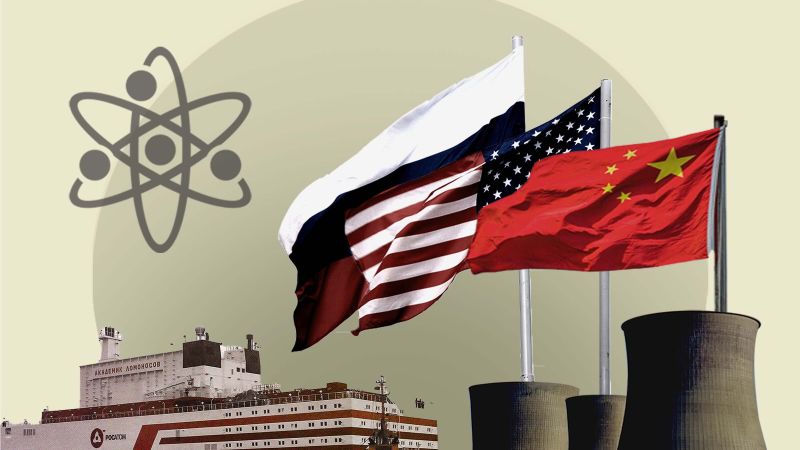Off the Siberian coast, not far from Alaska, a Russian ship has been docked at port for four years. The Akademik Lomonosov, the world’s first floating nuclear power plant, sends energy to around 200,000 people on land using next-wave nuclear technology: small modular reactors.
This technology is also being used below sea level. Dozens of US submarines lurking in the depths of the world’s oceans are propelled by SMRs, as the compact reactors are known.
SMRs — which are smaller and less costly to build than traditional, large-scale reactors — are fast becoming the next great hope for a nuclear renaissance as the world scrambles to cut fossil fuels. And the US, Russia and China are battling for dominance to build and sell them.



We’re in desperate need of an upgraded grid anyway, that’s a separate issue from nuclear. It needs to be able to carry power over long distances, incorporate local generation and intelligently route power to where it’s needed. It also needs to be robust enough to keep hackers out.
Even though it’s a separate issue, if we build that then nuclear makes even less sense.
i suppose so. That’s another heuristics nightmare though. That or it will take centuries lol.
Also intelligently routing power technically already happens, just based on the nature of the network. I suppose certain automated segmentations could help though. Realistically if we want a fully decentralized grid network it needs to be on a town/city basis, rather than a county/state basis.